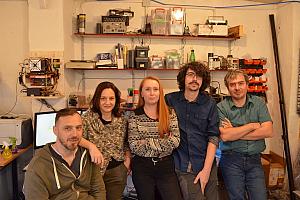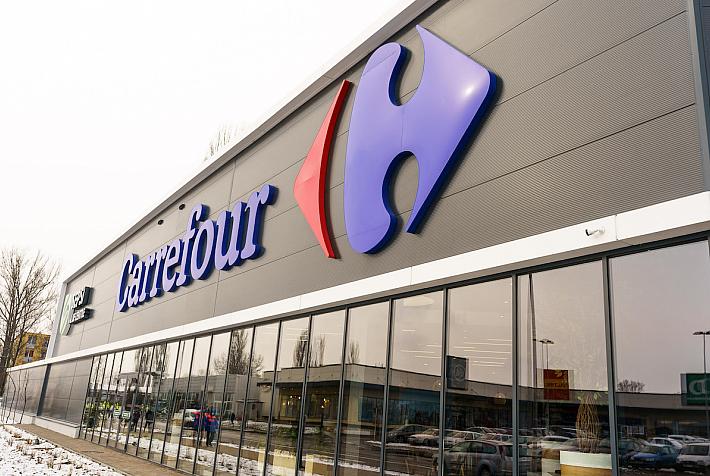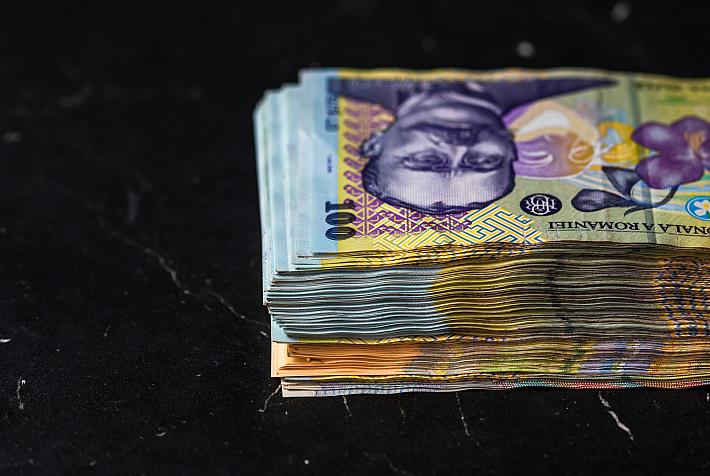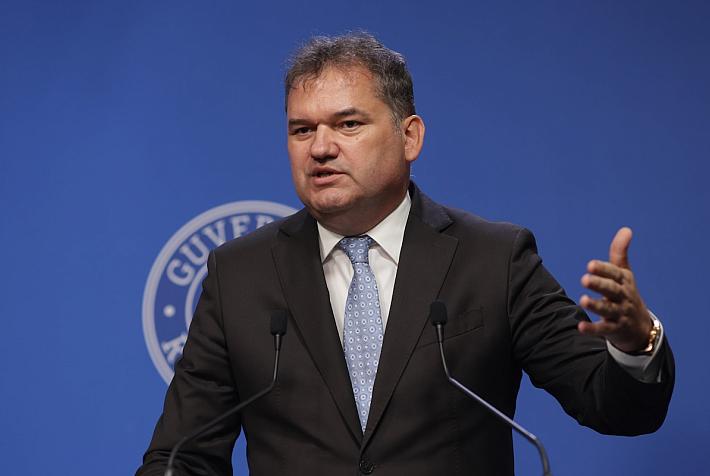Romania’s inflation inches down in November, helped by electricity price subsidies

The average consumer prices in Romania remained steady in November compared to October (MoM). The annual inflation edged down to 7.8% YoY from 7.9% YoY in October, the statistics office INS announced.
After the Government enforced the ‘cap and subsidy’ mechanism for the residential energy prices 9electricity and natural gas), the price of electricity dropped by 12.2% MoM in November, and this offset the moderate increase in the prices of fuels (+1.7% MoM), natural gas (+2.3% MoM), heating (+10% MoM) and of some food products (edible oil, sugar).
Notably, natural gas price kept increasing in November (+2.3% MoM) despite the same subsidization mechanism enforced as in the case of electricity.
In annual terms, the main inflationary drivers are the price of fuels (+25% YoY) and energy (electricity, gas, heating +23% YoY).
But the prices of some food items have increased significantly as well: that of the edible oil rose by 28% YoY, while those of the sugar and maize by 10%-12% YoY.
Looking forward, the energy prices are expected to pass through to the consumer goods prices resulting in persistent inflationary impetus.
Romania’s industrial price inflation soared to 26.8% y/o in October, largely due to the high energy cost, putting pressure on the consumer price inflation that neared 8% y/y in the same month.
The Romanian central bank expects inflation to peak at 8.6% next year. The headline inflation is expected to hit 7.5% YoY at the end of this year to rise up to 8.6% YoY at the end of the second quarter next year as the temporary energy bill subsidies are phased out, and ease to 5.9% YoY at the end of 2022, under the revised inflation outlook revealed by the National Bank of Romania (BNR) on November 11.
(Photo: Shutterstock)
iulian@romania-insider.com












